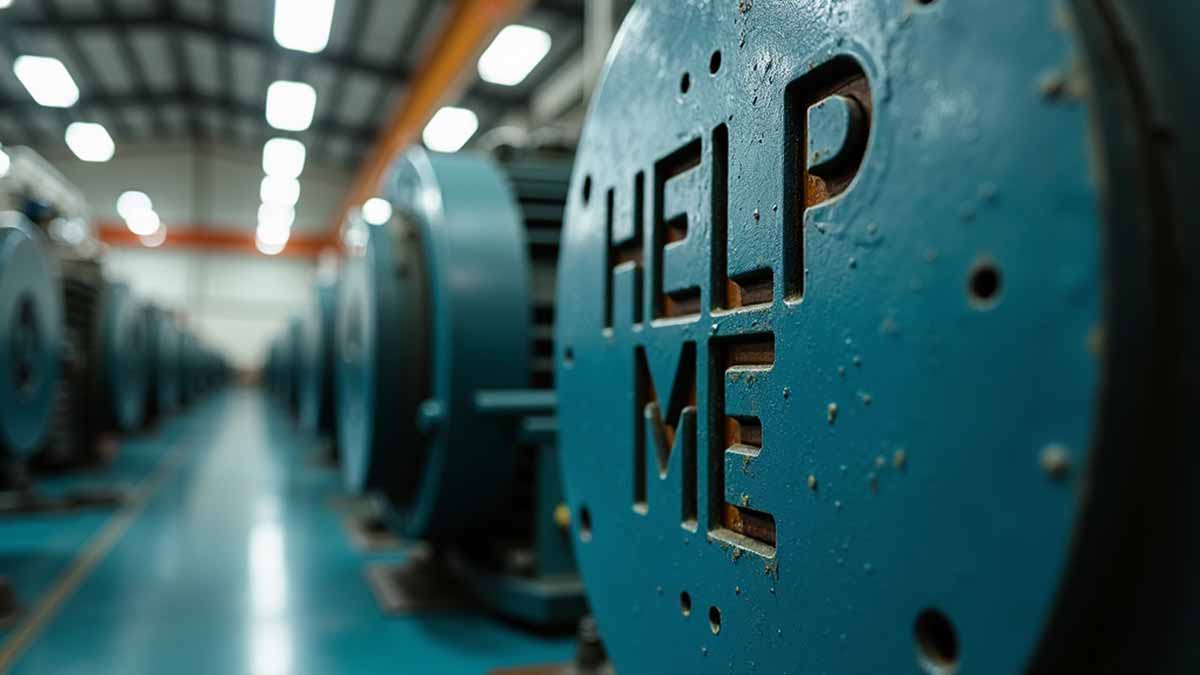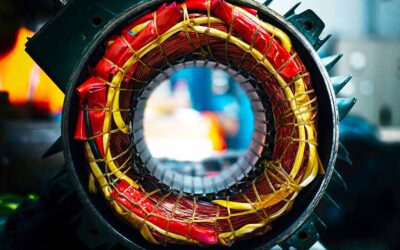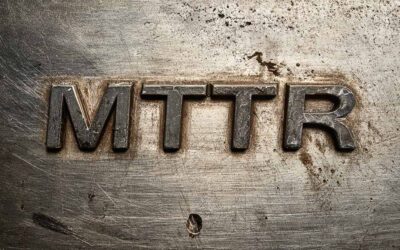Electric motors are the backbone of industrial operations, powering machinery and equipment across various sectors. Proper maintenance is essential to ensure their reliability, efficiency, and longevity. This article outlines best practices for maintaining industrial electric motors, focusing on preventive maintenance, common issues, and advanced diagnostic techniques.
1. Preventive Maintenance
Preventive maintenance is critical in minimizing unexpected motor failures and extending motor life. Key aspects include:
- Regular Inspections: Conduct visual inspections for signs of wear, overheating, unusual noises, or vibrations. Look for loose connections, oil leaks, and dirt accumulation.
- Lubrication: Proper lubrication reduces friction and wear. Follow manufacturer guidelines for the type of lubricant, quantity, and frequency. Over-lubrication can be as harmful as under-lubrication.
- Cleanliness: Keep motors clean from dust, dirt, and debris. Accumulation can cause overheating and insulation failure.
- Environmental Control: Ensure the operating environment is within the motor’s specified conditions (e.g., temperature, humidity, and contamination levels).
2. Common Issues and Solutions
Industrial electric motors face various issues that can affect performance. Recognizing and addressing these problems promptly is crucial.
- Overheating: Caused by overloading, inadequate ventilation, or blocked cooling systems. Solutions include reducing load, improving ventilation, and regular cleaning of cooling systems.
- Vibration: Can result from misalignment, unbalanced loads, or bearing wear. Regularly check alignment, balance rotating components, and replace worn bearings.
- Insulation Failure: Due to aging, excessive heat, or moisture. Use insulation resistance testing (megger) to detect degradation and schedule timely insulation replacement.
- Bearing Failure: Often caused by improper lubrication, contamination, or misalignment. Follow a strict lubrication schedule, keep bearings clean, and ensure proper alignment.
3. Advanced Diagnostic Techniques
Advanced diagnostics can detect issues before they lead to catastrophic failures, enabling predictive maintenance.
- Vibration Analysis: Identifies imbalance, misalignment, and bearing defects. Regular monitoring helps in early detection of potential problems.
- Thermography: Uses infrared cameras to detect hot spots indicating overheating or electrical issues. It’s useful for identifying insulation breakdown and poor connections.
- Motor Circuit Analysis (MCA): Evaluates the condition of the motor’s electrical circuits, identifying issues like winding faults, phase imbalances, and rotor defects.
- Ultrasound Testing: Detects high-frequency sounds from electrical arcing, corona, or mechanical defects like bearing issues.
4. Scheduled Maintenance
Implement a comprehensive maintenance schedule tailored to the specific motor and operational conditions. This schedule should include:
- Daily Checks: Visual inspection, noise, and vibration monitoring.
- Weekly Checks: Cleanliness, lubrication levels, and temperature monitoring.
- Monthly Checks: Detailed inspection of electrical connections, insulation resistance testing, and vibration analysis.
- Annual Maintenance: Complete motor teardown, thorough cleaning, bearing replacement, and detailed electrical testing.
5. Training and Documentation
Ensure that maintenance personnel are well-trained in motor maintenance procedures. Keep detailed records of all maintenance activities, including inspections, repairs, and part replacements. This documentation helps in trend analysis and improving maintenance strategies over time.
Conclusion
Effective maintenance of industrial electric motors is essential for reliable and efficient operation. By adhering to preventive maintenance practices, addressing common issues promptly, and utilizing advanced diagnostic techniques, you can significantly extend the lifespan of your motors and reduce operational downtime. Regular training and thorough documentation further enhance the maintenance process, ensuring your motors run smoothly and efficiently.











